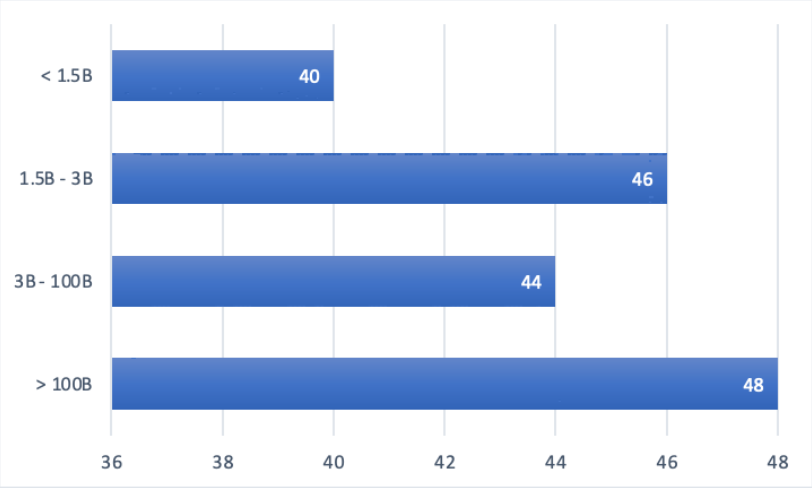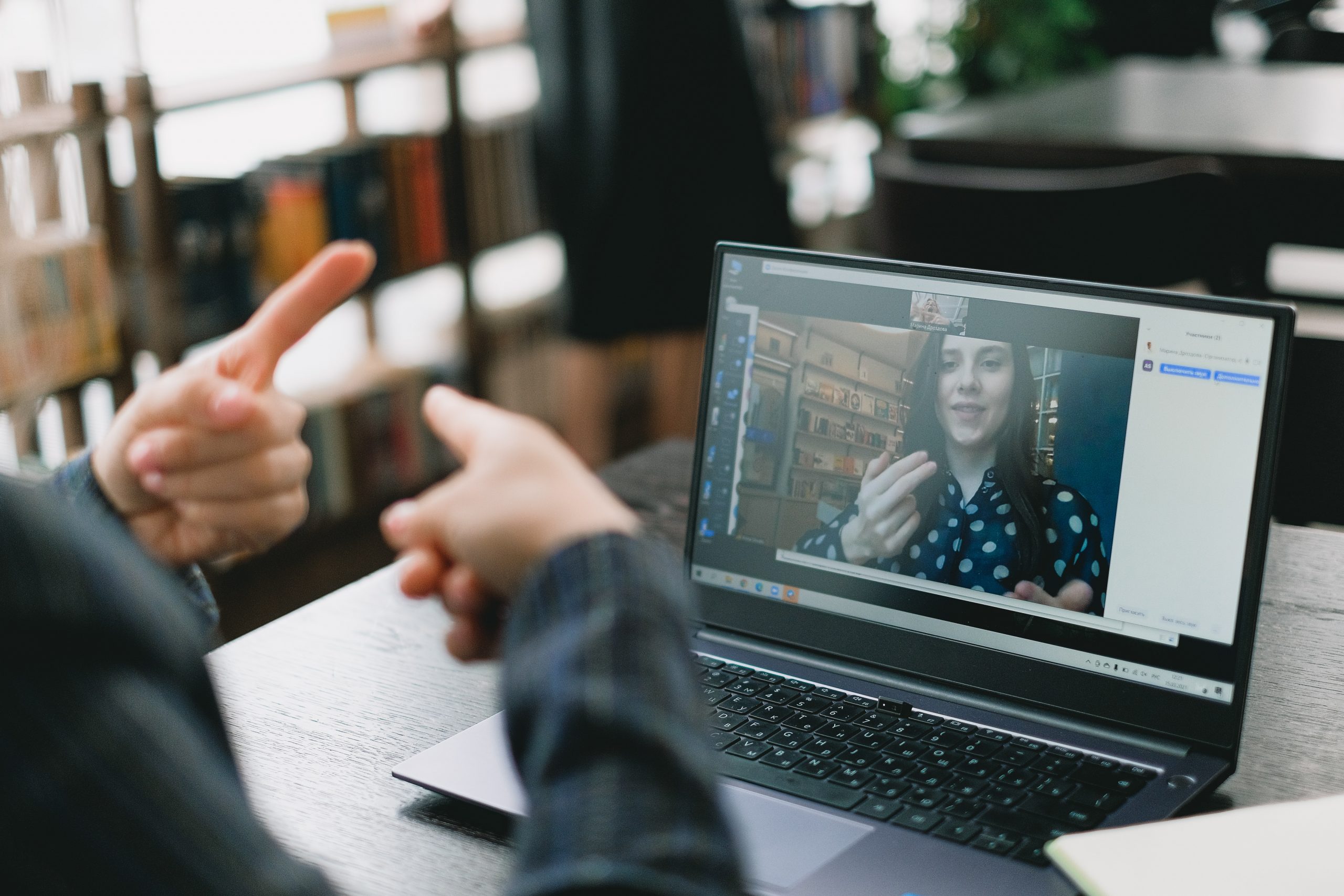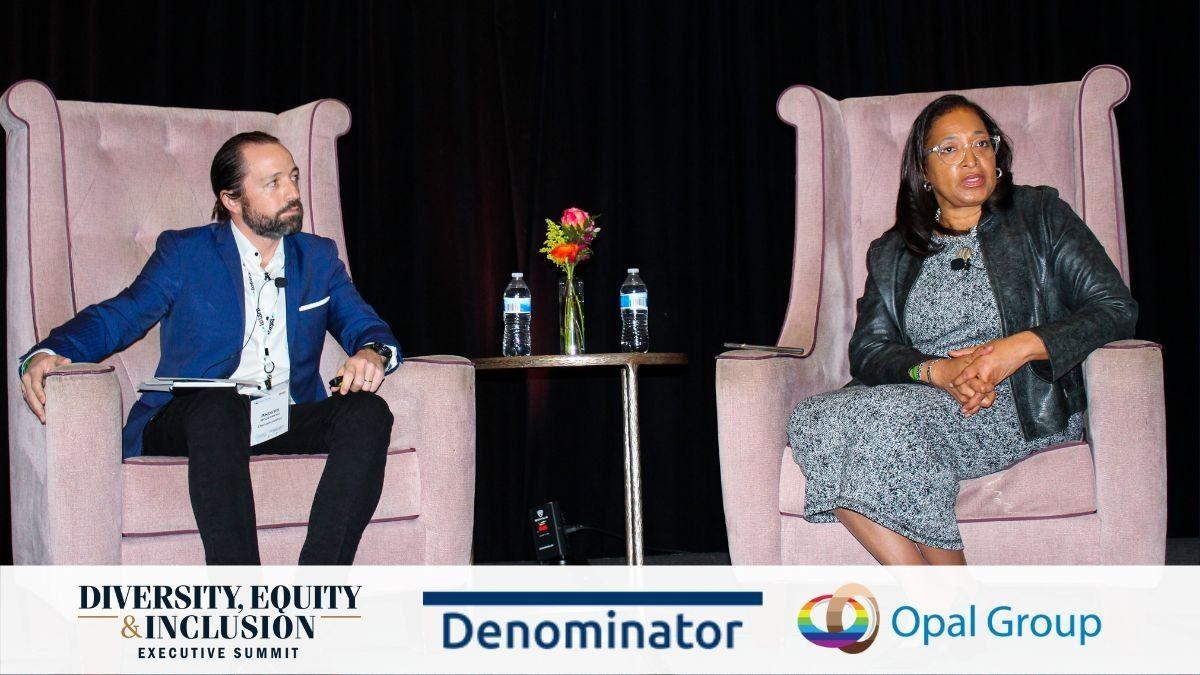According to the Center for Disease Control and Prevention, a disability is defined as any condition of the body or mind (impairment) that makes it more difficult for the person with the condition to do certain activities (activity limitation) and interact with the world around them (participation restrictions).
Disability is extremely diverse and can be related to a person’s: vision, movement, thinking, remembering, learning, communicating, hearing, mental health, and social relationships.
According to the World Health Organization, disability has three dimensions:
- Impairment in a person’s body structure or function, or mental functioning; examples of impairments include loss of a limb, loss of vision, or memory loss.
- Activity limitation, such as difficulty seeing, hearing, walking, or problem solving.
- Participation restrictions in normal daily activities, such as working, engaging in social and recreational activities, and obtaining health care and preventive services.
Although “people with disabilities” sometimes refers to a single population, this is actually a diverse group of people with a wide range of needs. Two people with the same type of disability can be affected in very different ways. Some disabilities may be hidden or not easy to see.
Almost everyone is likely to experience some form of disability – temporary or permanent – at some point in life.
- Today, over 1 billion people live with some form of disability. This corresponds to about 15% of the world’s population, with up to 190 million (3.8%) people aged 15 years and older having significant difficulties in functioning, often requiring health care services.
- Globally, at least 2.2 billion people have a near or distance vision impairment. In at least 1 billion of these cases, vision impairment could have been prevented or has yet to be addressed.
- By 2050, nearly 2.5 billion people are projected to have some degree of hearing loss and at least 700 million will require hearing rehabilitation.
Despite a large number of people living with disabilities, many don’t identify as disabled. A new report from the advocacy group Project Include shows that even though 70% said they had one or more specific disabilities, only 9% self-identified as disabled.
The report also states that companies still have a long way to go in supporting employees with disabilities. At a workplace, disclosing disability can make it possible to get accommodations, but in many cases, it also leads to discrimination and unwanted interrogation about the disability.
In 2020, the unemployment rate for people with disabilities reached its highest point in seven years, in part because industries with higher concentrations of disabled workers, such as hospitality, were also some of the hardest hit by the COVID-19.
Do companies need to generate billions of revenues before making efforts on disability?
Data from Denominator shows that companies with the highest revenue delivers the best efforts on disability. The scoring is based on data from the company, executive, and board levels.
At Denominator, we work towards a more inclusive world. This is also why we implemented different features on our website to make it more inclusive. Like many others, we allow translation for several languages but also to view our website in black/white for colorblind people and an automatic 400 % zoom for people with low-vision. This is one of our ways of taking small steps towards more inclusion.

Note: Revenue is in US dollars.
On the International Day for Persons with Disabilities, Denominator wants to share the knowledge of a company that brings sight to blind and low-vision people. Be My Eyes is a free app that connects blind and low-vision people with sighted volunteers and company representatives (e.g., from Google, Microsoft, and LinkedIn) for visual assistance through a live video call.
This helps blind and low-vision people every day to get through their day in ways that those of us who don’t have this disability sometimes take for granted. Be My Eyes has more than 350K blind and low-vision people and almost 5.4M volunteers in 150+ countries and covers 180+ languages.



